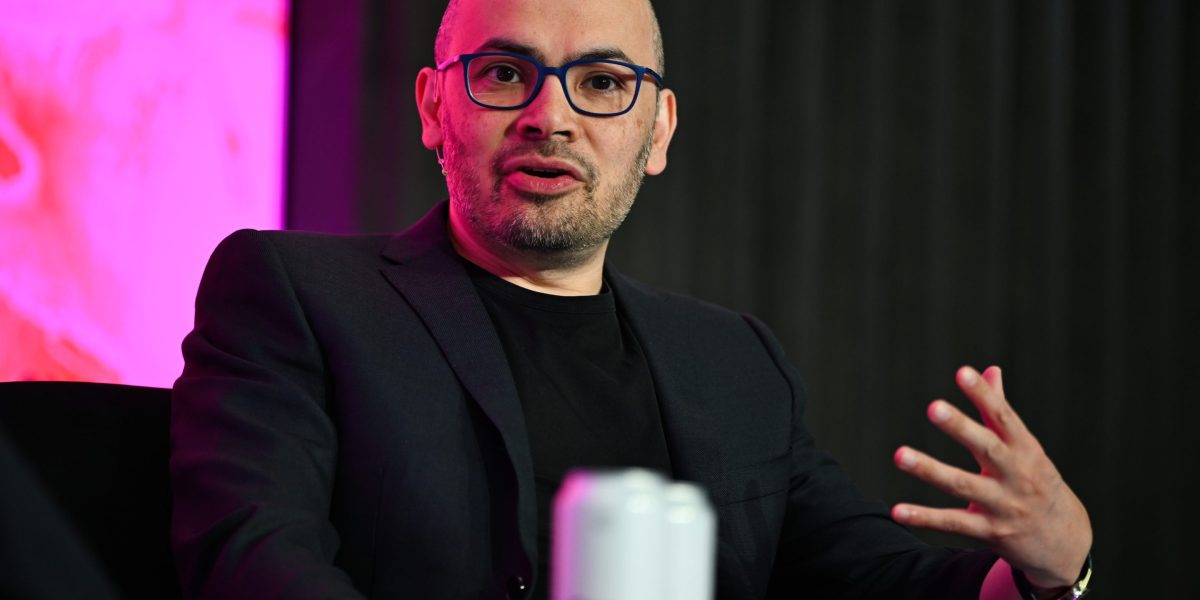Most financial advisors warn against putting too much money into a single stock—and for good reason. Diversification protects you when markets shift, and most people can’t handle the emotional rollercoaster of seeing $10,000 swing wildly in a week. But there are moments when concentrating your money isn’t just bold—it’s strategic. Some investors understand their timing, risk tolerance, and research well enough to make a calculated bet. Here are ten times when going all in on one stock might actually make sense—if you play it smart.
1. When You Work for the Company and Know It Inside Out
If you’ve spent years at a company, you understand its growth prospects better than the average investor. You see management decisions, product rollouts, and internal culture firsthand. That insider-level insight can help you identify undervalued opportunities before Wall Street does. However, you should still avoid letting too much of your net worth depend on one employer. Invest with confidence, but also with a plan to rebalance later.
2. When the Market Overreacts to Temporary Bad News
Sometimes, panic selling creates opportunity. A strong company might drop 20% on short-term news—like a missed earnings report or regulatory scare—without any change to its long-term fundamentals. That’s when disciplined investors step in. If you’ve done your homework and know the business will recover, investing heavily can pay off. The key is patience—your thesis must hold over months or years, not weeks.
3. When a Blue-Chip Stock Is Trading at a Rare Discount
Every few years, even the biggest and safest companies go on sale. Think Apple, Johnson & Johnson, or Procter & Gamble during major market downturns. Buying these industry leaders at deep discounts can be a smart way to “YOLO” responsibly. You’re not gambling—you’re capitalizing on temporary fear. Ten thousand dollars into a blue-chip stock with decades of steady growth can outperform a scattered portfolio of mediocre picks.
4. When You Understand the Industry Better Than Most
If you have deep expertise in a specific sector—like tech, energy, or healthcare—you might recognize value before others do. Maybe you work in AI development or follow biotech pipelines closely. That knowledge can help you identify breakthrough companies early. Investing heavily in what you truly understand often beats chasing trends you don’t. Your advantage isn’t luck—it’s insight born from experience.
5. When You’re Using Play Money—Not Emergency Funds
The golden rule: only YOLO with money you can afford to lose. If $10K represents a small fraction of your portfolio—or “fun money” you’d otherwise spend elsewhere—then go for it. Treat it as a calculated experiment, not a life-or-death move. This mindset keeps emotions in check and losses manageable. It’s confidence without recklessness, which is the healthiest way to invest boldly.
6. When You Believe in the Company’s Mission Long-Term
Some investors go all in because they genuinely believe in a company’s purpose. Tesla, Nvidia, and Apple all attracted believers before becoming household names. Passion-based investing can work—if it’s backed by logic and research. When you combine conviction with due diligence, you can hold through volatility without panicking. The trick is making sure faith doesn’t replace financial sense.
7. When a Major Catalyst Is on the Horizon
Big events can trigger massive stock movements—like FDA approvals, merger announcements, or product launches. If you’re confident in the outcome and timing, investing heavily before the news breaks can be rewarding. Just understand the risk: if the catalyst fails, the stock may tank overnight. Weigh your conviction carefully and only invest when the odds—and evidence—favor your view.
8. When You’re Hedging with Other Assets
YOLO investing doesn’t have to mean “all or nothing.” If you already have a stable foundation—cash reserves, index funds, or bonds—you can take bigger risks elsewhere. That cushion lets you weather volatility without panic selling. Think of it as balancing offense with defense. The stronger your base, the bolder you can afford to be with individual stocks.
9. When You’re Taking Advantage of Tax-Loss Harvesting
If you’ve recently sold losing positions, you may have capital loss carryovers that offset future gains. That gives you room to take calculated risks without worrying about a huge tax bill. Using that opportunity to buy a high-upside stock makes sense if you’ve done your research. Even if the investment fails, you’re protected by the existing tax cushion. Smart timing turns potential losses into long-term leverage.
10. When You’re Comfortable With Volatility—Emotionally and Financially
Ultimately, YOLO investing isn’t about math—it’s about temperament. If market swings keep you awake at night, concentrated bets aren’t for you. But if you understand volatility, accept potential loss, and plan accordingly, then bold investing can fit your personality. The right mindset makes all the difference. Confidence, discipline, and perspective turn risk into opportunity.
The Smart Way to YOLO
YOLO investing doesn’t mean being careless—it means being decisive. The difference between gambling and strategy lies in preparation, risk tolerance, and timing. If your research is strong, your finances stable, and your conviction high, taking a bold shot can pay off big. The goal isn’t to get lucky—it’s to invest fearlessly but wisely. Sometimes fortune really does favor the bold—just make sure you’re the kind of bold that lasts.
Have you tried YOLO investing and made it work—or regretted it later? Share your story below!
You May Also Like…

Teri Monroe started her career in communications working for local government and nonprofits. Today, she is a freelance finance and lifestyle writer and small business owner. In her spare time, she loves golfing with her husband, taking her dog Milo on long walks, and playing pickleball with friends.




























